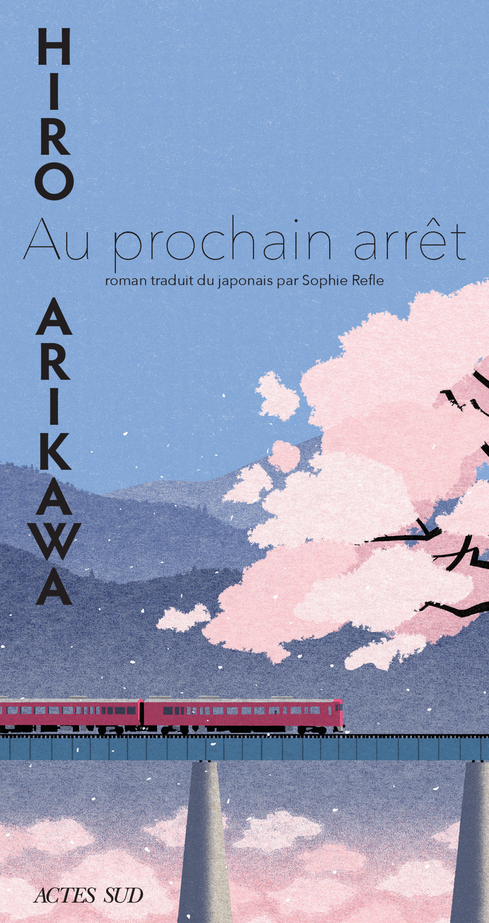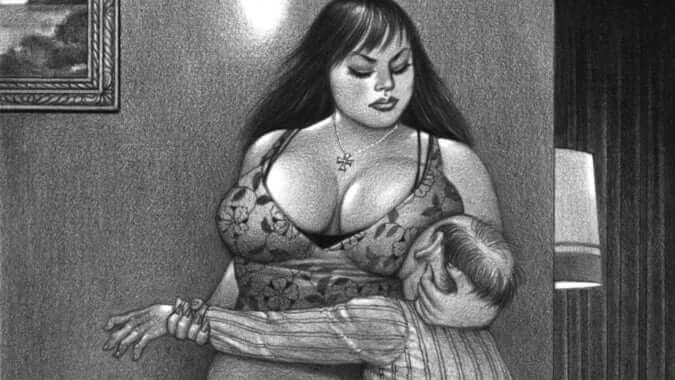‘At the Next Stop’, an Invitation to Travel
In this novel, Hiro Arikawa distils fragments of existence that share one common denominator: a train journey.

© Actes Sud
The plot of Au prochain arrêt (‘At the Next Stop’) follows the train route connecting Takarazuka, in the suburbs of Osaka, and Nishinomiya, along the coast of the Seto Inland Sea. Here there are no high-speed shinkansen; instead, the passengers board a little slow train with red coaches. The trip is punctuated by eight station stops, each of which constitutes a chapter in Hiro Arikawa’s novel.
While the train is moving, the travellers sitting in the coaches become the protagonists in this contemplative novel. As the landscape scrolls past the windows, eyes meet, people speak more freely, and friendships form. The soft seats welcome shy, awkward students, little girls with a slightly nasty streak, grandmothers full of good advice, women who have been victims of domestic violence, and regular visitors to the same library who dare to exchange a few words for the first time.
Moments of existence
Hiro Arikawa, known primarily for her novel The Travelling Cat Chronicles, invites the reader on a journey through these moments of existence that implicitly sketch the outlines of Japanese society. This is not just a train journey, because a look, a word, a sigh can have much more of an impact than one might think. This is what the reader discovers in the second part of the book, when Hiro Arikawa summons her travellers once more for the return trip. The landscape through the windows has changed with the seasons, as have the protagonists, who are no longer exactly the same, nor completely different. The reader has eight stops during which to understand why.
Au prochain arrêt (‘At the Next Stop’) (2021), a novel by Hiro Arikawa, is published by Actes Sud (not currently available in English).
TRENDING
-
Ishiuchi Miyako, A Singular Perspective on Women
Recipient of the 2024 Women in Motion Award, the photographer creates intimate portraits of women through the objects they left behind.

-
Recipe for Ichiraku Ramen from ‘Naruto’ by Danielle Baghernejad
Taken from the popular manga with the character of the same name who loves ramen, this dish is named after the hero's favourite restaurant.

-
Namio Harukawa, Master of Japanese SM Art
'Garden of Domina' offers a dive into the world of an icon of ‘oshiri’, whose work has now reached a global audience.

-
The Tattoos that Marked the Criminals of the Edo Period
Traditional tattoos were strong signifiers; murderers had head tattoos, while theft might result in an arm tattoo.

-
The Emperor of Japanese Porn is Now the Star of a Netflix Series
Deliciously funny, The Naked Director especially succeeds in reviving the atmosphere that was so characteristic of 1980s Japan.





